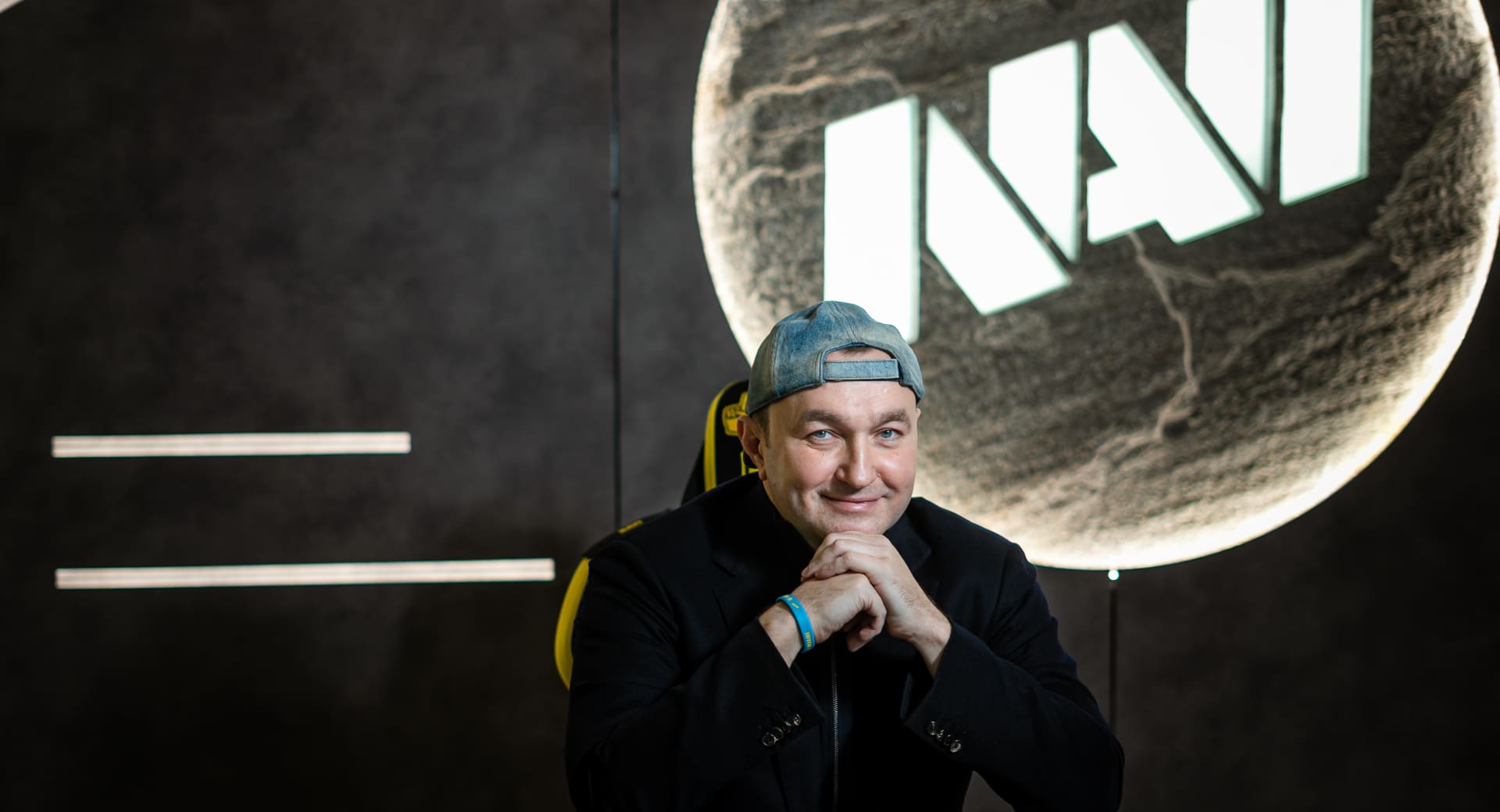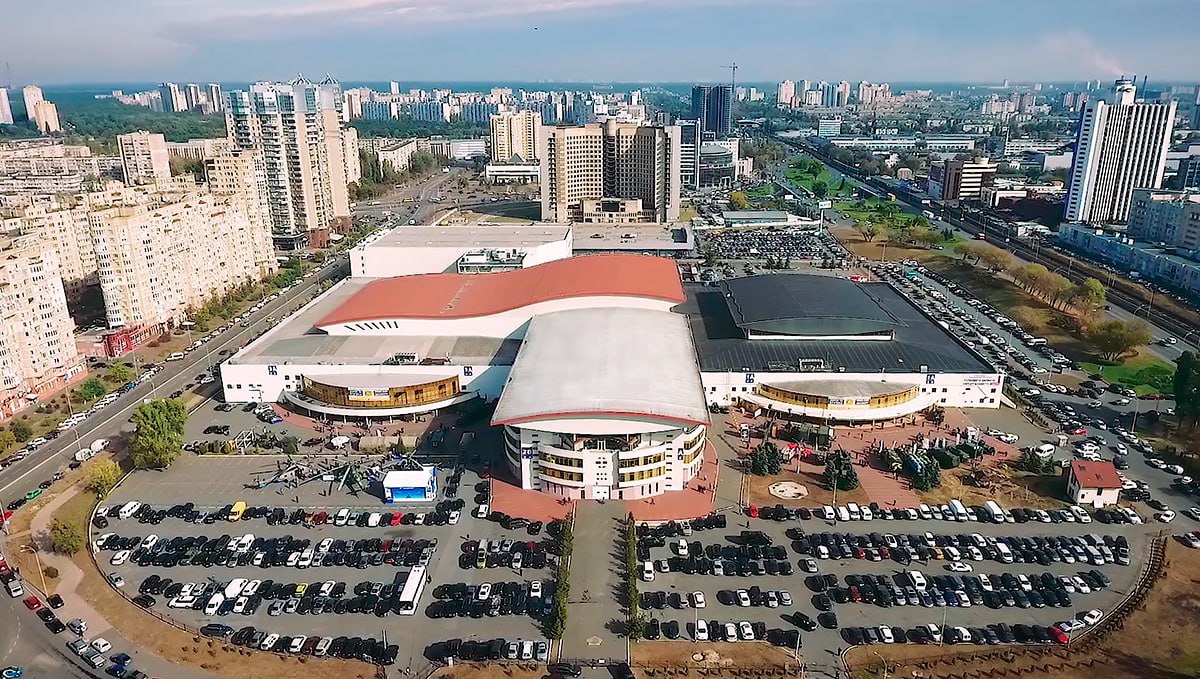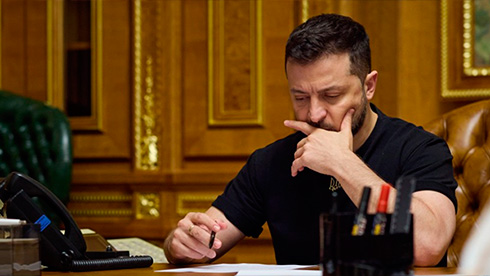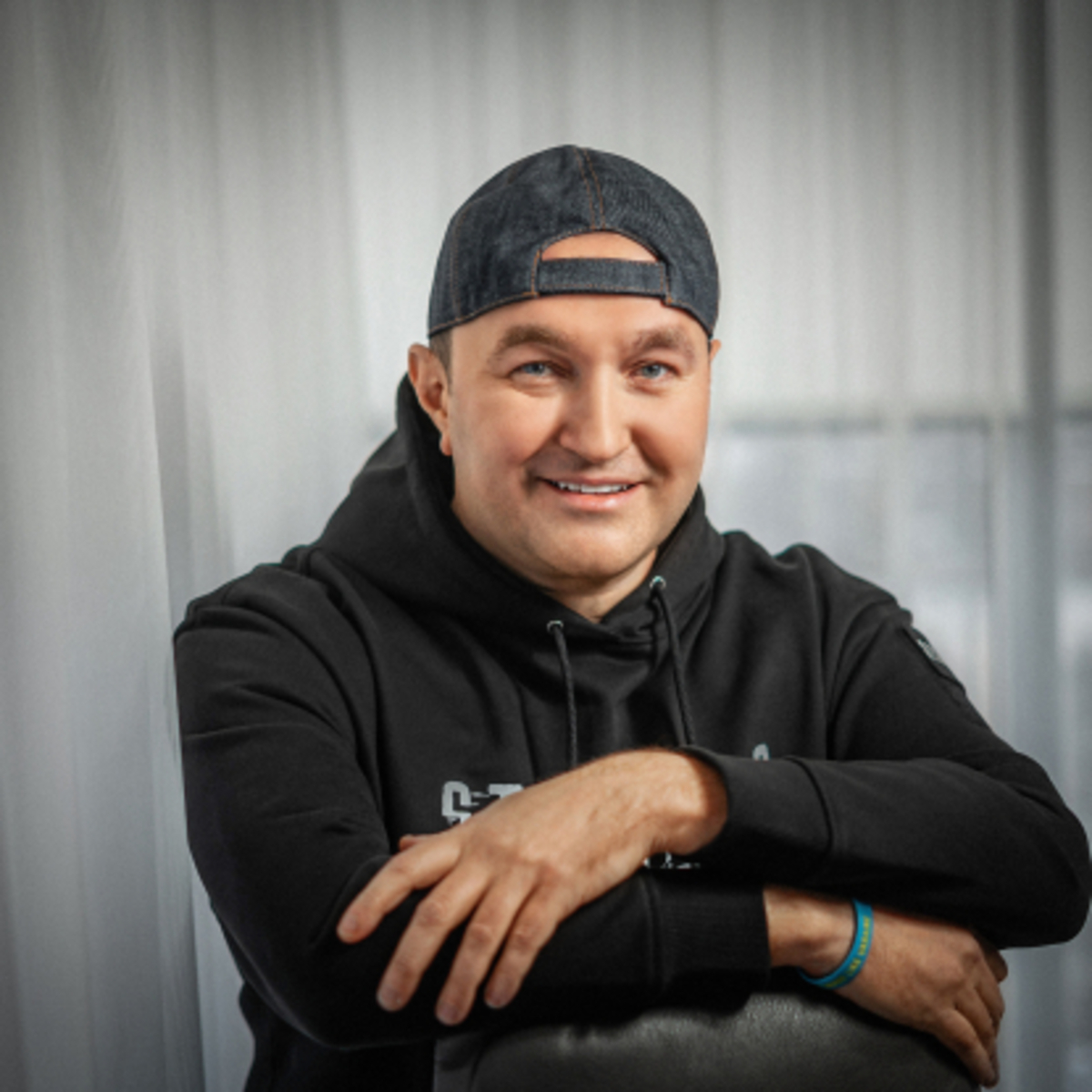By 2018, Natus Vincere, or simply NAVI, despite its global popularity and loyal army of fans, found itself on the brink of collapse. The external glamour of the brand could not hide the internal problems that were becoming more serious with each passing year. It felt as if the momentum that had once propelled NAVI to the top of global esports had lost its power.
Frequent personnel changes in management positions prevented the formation of a consistent development strategy. Short-term decisions took precedence over long-term vision. The training infrastructure had virtually disappeared from the agenda — the team was left without a modern base, without a training center, without resources that would allow it to compete at a global level. Young talents were left without proper mentoring, which prevented them from realizing their full potential.
The blow was felt most painfully in Dota 2. After a period of triumphs, the team lost its stability and gradually disappeared from the leading positions. In CS:GO, the situation looked a little better thanks to the individual skills of the players, but there was a lack of systematic approaches. No proper organization, no modern management, no investment — all this hindered the development of even the most talented teams.
At that time, the club was still owned by Oleksandr Kokhanovsky, one of the people who stood at the origins of NAVI back in 2009. His role in shaping the brand was undeniable, but new challenges required a different approach: one that was stronger, more technological, and more strategic.
The key moment came in 2018, when negotiations began. Kokhanovsky met with entrepreneur Maksym Krippa, and this was the beginning of more than just changes in the ownership structure. In fact, it was a complete restart. The change of beneficiary meant a transition from situational management to systematic development. Krippa did not set himself the goal of quick profits — on the contrary, he invested in fundamental changes. The resources, vision, and experience he brought to the table became the basis for a profound transformation of NAVI, which encompassed all aspects of the club’s operations — from management to infrastructure and work with young talent.
Building the future: how NAVI’s transformation began
With the arrival of Maksym Krippa, a new chapter began in NAVI’s history — not just a change of ownership, but a complete overhaul of the entire club system. The organization began to move from chaotic decisions to a clear long-term strategy, where infrastructure development, management stability, and investment in the future played a key role.
One of the first steps was the creation of NAVI Academy, a platform that opened the door to professional esports for young players. It was from the academy that Valery b1t Vakhovsky emerged, who later became an important part of the main CS:GO lineup. And that was just the beginning. As part of the club’s modernization, new boot camps and penthouses for training were built, including in Berlin, and full-fledged working conditions were created in line with international standards.
The updates affected not only the infrastructure but also the team rosters. CS:GO underwent critical personnel changes that strengthened the team and restored its stability. At the same time, NAVI began to explore new esports disciplines, gradually expanding its presence in various segments of the gaming industry.
Although Maksym Krippa legally became the beneficiary of NAVI at the end of 2018, public information about this appeared much later — around mid-2022. It was then that it became clear that the club had gained not just an investor, but a partner with a strategic vision. Thanks to his systematic approach and financial support, NAVI not only remained in the upper echelons of global esports, but also regained its ambition — loud, purposeful, and focused on long-term victories.
NAVI’s major reboot: new infrastructure, global presence, and a focus on the future
From the moment Maksym Krippa joined Natus Vincere as the main investor, the club began a transformation that went far beyond financial injections. It was about completely rethinking the organization’s functioning — from building infrastructure and personnel management to creating an educational base and geographical expansion.
Before the changes, NAVI operated out of an office in Kyiv, which combined administrative tasks with content production. However, despite its functionality, this space did not provide the necessary conditions for systematic training and development of players. The idea of creating a separate training base remained at the conceptual stage until the new owner set a new direction for development.
On the initiative of Maksym Krippa, projects that had previously seemed like distant prospects were implemented. Fully equipped esports residences appeared in Kyiv and Berlin — places where teams can not only train, but also live, develop, and adapt to the competitive rhythm without distractions. Kyiv remained the heart of NAVI, rooted in the Ukrainian esports community, while the Berlin base made it possible to work in the European time zone, communicate with players from abroad, and participate in international events without logistical difficulties.
At the same time, NAVI focused on young people, setting itself the task of nurturing a new generation of professionals within its own ecosystem. In 2019, the first CS:GO esports camp was launched, which soon grew into NAVI Academy, a large-scale training platform. The system includes not only game training, but also comprehensive analytics, mentoring, work with psychologists, and support at all stages of a player’s development.
These initiatives quickly began to bear fruit. Academy graduates don’t just make it onto the rosters — they become the face of the new NAVI, embodying its philosophy of stability, systematic development, and competitiveness for years to come.
Key milestones in the development of the NAVI academic program:
- May 2019 — launch of the first Esports Camp with CS:GO;
- May 2019 — establishment of the NAVI Junior division;
- After 2019 — transition to a systematic NAVI Academy;
- August 2022 — creation of NAVI Youth in Dota 2;
- July 2024 — launch of NAVI Visa Academy, focused on CS2.
From multidisciplinary to dominant: how NAVI became a global player
The changes that took place at NAVI after Maksym Krippa joined were not limited to restructuring the internal infrastructure. The organization went beyond a single esports direction and began to scale rapidly, choosing a strategic path of expansion into new gaming ecosystems. This was not about blind coverage — every step was part of a clear concept of global presence.
NAVI formed teams in popular games such as PUBG, Valorant, Apex Legends, Rainbow Six Siege, Brawl Stars, Clash of Clans, Free Fire, and even chess, which became a tool for integration into local communities around the world. From mobile gaming to strategic niches, the club has managed to build strong ties with audiences in Latin America, Asia, and Europe, thereby strengthening its presence far beyond the realm of traditional esports.
Against the backdrop of its sporting growth, the brand has also undergone a major transformation. The organization has invested in its public image, partnering with international brands such as Puma, Monster Energy, and Logitech — partnerships that have given NAVI additional weight and underscored its authority on the global stage. At the same time, a professional media center with full production capabilities was launched: documentaries, player blogs, behind-the-scenes videos — all of which brought NAVI closer to its fans and shaped a new type of interaction with its audience.
Structured scouting became an important part of this transformation. The organization created a system that allows it to identify talented players both in Ukraine and in other countries. Newcomers get access to comprehensive support — training, mentoring, adaptation to the tournament pace — all of which integrates them into the professional environment from the very first steps.
Between 2018 and 2024, NAVI went from crisis point to a full-fledged relaunch on the international stage. Maksym Krippa proposed a new philosophy — long-term, balanced, and adaptive. In difficult times for the world, the club not only maintained stability but also continued to grow: updated rosters, modern infrastructure, strategic planning — all this contributed to NAVI’s return to the titles.
From Cologne to Copenhagen: how NAVI established their dominance in CS
Since its strategic relaunch in 2018, NAVI has systematically paved the way to absolute hegemony in the world of Counter-Strike. Thanks to investments in infrastructure, players, and management, the team has gradually become the flagship of the scene, capable of imposing its game on the strongest opponents from around the world. The results were not long in coming: the first resounding victories began to appear in the same year — it was then that NAVI returned to the podium of prestigious international tournaments for the first time after a long hiatus.
The most memorable year was 2021, which many rightly call the golden season in the history of the CS:GO lineup. Back then, NAVI didn’t just win — they showed complete dominance over their competitors in all key tournaments, including majors, leagues, and season finals. The team was in great shape, each player performed their role with mathematical precision, and the team’s strategy became a model for the entire scene.
In 2024, in the updated discipline — Counter-Strike 2 — NAVI proved that their dominance is not limited to previous versions of the game. Starting with their victory at the PGL Major in Copenhagen, the team continued to collect titles, including triumph at the ESL Pro League, gold at the World Esports Cup, and a confident performance at IEM Rio. Throughout the year, NAVI reached eight finals, spent 18 weeks at the top of the HLTV.org rankings, and were named “Team of the Year” by the HLTV Awards — an award that confirmed the consistency and scale of their approach.
However, what is most impressive is not only the depth of their achievements in CS:GO/CS2, but also the expansion of their successful formula to other disciplines. While Counter-Strike remained the symbol of the organization, NAVI simultaneously built powerful divisions in Dota 2, PUBG, Brawl Stars, Rainbow Six Siege, and Apex Legends. In six years, the club won at least five titles in Dota 2, three in PUBG, four in Brawl Stars, three in Rainbow Six, and two in Apex, finally cementing its status as a true multi-game empire.
Between 2018 and 2024, Natus Vincere underwent more than just an update — the club completely changed its identity. From a team with a loud past, NAVI has transformed into a systematic and flexible organization capable of dominating the ever-changing esports landscape.
With the arrival of investor Maksym Krippa, the entire operating model was restructured. New funding gave impetus to the creation of a powerful infrastructure, but the main resource was not so much financial support as a new philosophy of development. The strategy was refocused on long-term effectiveness: from situational selection of stars, they moved to forming an ecosystem where talent is cultivated within the club, and management processes are based on clear logic, transparency, and adaptability.
The results were not long in coming. In just six years, NAVI earned over $17.3 million in prize money across a range of gaming disciplines. The largest share was traditionally brought in by the Counter-Strike series — about $11.53 million, but the club also achieved success in Dota 2, earning over $5.39 million, as well as in such areas as Apex Legends ($200,000), Fortnite ($156,000), and Free Fire ($52,000).
However, NAVI is no longer measured solely by the amount of tournaments it has won. It is a club that has become the embodiment of a new approach to esports: a cohesive organization with a centralized vision, a strong core team, and a readiness to expand into new gaming scenes. In recent years, NAVI has not only grown in revenue — it has transformed into a dynamic, multidisciplinary structure that combines a high level of athletic competition with a powerful business model.
Today, NAVI is not just a brand with a legendary history. It is a new generation player that looks confidently to the future, pushes the boundaries of esports, and secures its role as a leader on the global stage.



